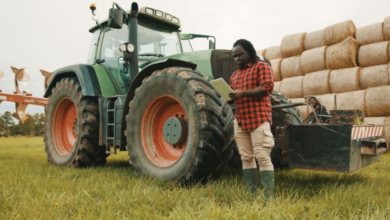Defective Footwear and Trip and Fall Accidents

If involved in a slip and fall accident, you can sue for compensation if you believe the accident resulted from property owner negligence.
The defendants in your slip and fall case may blame your choice of footwear for your fall, but with a good trip and fall lawyer, you should be able to prove your claim. Here is how defective footwear can affect your trip and fall case.
How Shoes Can Cause a Trip and Fall Accident
While your shoes may not be the definite cause of a fall, the defendant will likely try to apportion liability to you. This is by claiming your choice or quality of shoes made you susceptible to a fall.
This claim may not cause the judge to dismiss your case, but it could reduce the defendant’s liability, resulting in a lesser settlement award. An experienced trip and fall lawyer knows the defendant may try to blame your shoes. They can come up with an argument to mitigate this claim. Footwear impacts the outcome of a trip and fall accident under the following circumstances:
Wrong Choice of Shoes
The wrong choice of shoes increases your chances of a slip and fall. If the area where you fell had rugged terrain and you were in heels at the time of the accident, the defendant has cause to blame your shoes for the incident.
Traction
The soles of your shoes influence their grip on the ground. This affects your ability to walk on smooth surfaces without slipping. Shoes with worn out or inadequate tread patterns make you more susceptible to slips. Having residue or dirt on your sole may also reduce your shoes’ traction, increasing your likelihood of falling.
Shoe Material and Design
Shoes with rubber soles have better traction on slippery surfaces compared to plastic or leather soles. Shoes like flip-flops or sandals with inadequate support can also increase your risk of falls. If the shoes you wore at the time of the accident had a narrow toe box, the defendant may claim the lack of toe space affected your balance, causing your fall.
How Your Shoes Affect Comparative Negligence
If your state follows the tort principle of comparative negligence, the court may assign a percentage of fault to you. This is possible if your shoes contributed to your accident. Your best chance at beating this claim is to prove your shoes could not have contributed to your slip and fall. Preserve your shoes as evidence for your trip and fall case. If the shoes are damaged, do not repair them before the case is over.
Your trip and fall attorney may work with a foot or shoe expert to evaluate your shoes. The professional can determine the extent to which the shoes might have contributed to your fall. You must prove that it was the condition of the property, and not your shoes, that directly caused your injury. Show that you have worn your shoes on other comparable properties without experiencing a slip and fall accident. This helps to show that you were wearing appropriate footwear.
Get Help From a Trip and Fall Lawyer
Trip and fall cases where your choice of footwear is in question add hurdles to your case. Working with a trip and fall lawyer makes it easier to prove that your shoes were not to blame for your accident. Your attorney can help you find evidence to prove the appropriateness of your shoes during the accident. Should the court find you partially at fault, your lawyer can help you prove the larger fault is on the property owner. Partner with a trip and fall attorney to enhance your chances of a successful trip and fall case.



